Re:Brief, Heart plus Technologies
Google reinvents advertising with project Re: Brief
What would happen when legendary admen of yesteryear were given nowadays cutting-edge digital tools and social media amplification to revisit their greatest moments? Google’s Re: Brief program unlocks the creative potential of new media advertising.
Ask anyone to name the greatest television commercial of all time and a list of contenders will likely spill out. Ask the same question about, say, banner ads and chances are you’ll meet blank stares. So far, the secret to making a classic internet commercial has remained locked away. To get at it, Google took an approach straight out of a heist film, persuading a team of veteran safe crackers to come out of retirement for one last job. These legendary advertisers would work alongside a team of technical whizz-kids and creatives in an experiment to turn four iconic campaigns into cutting edge online ads using the kind of technology they couldn’t have dreamed of as younger men.
Bob Pasqualina and his old partner Howie Cohen, creators of the CLIO Hall of Fame television spot ‘I can’t believe I ate the whole thing’ for Alka-Seltzer, and three other legends from advertising’s golden age : Amil Gargano, the man who launched Volvo in the US with the 1963 ad ‘Drive it like you hate it;’ Paula Green, who invented the ‘challenger brand’ concept with Avis’ ‘We Try Harder;’ and Harvey Gabor, who dreamed up Coca-Cola’s iconic 1971 television commercial ‘Hilltop,’ in which a global chorus sang, “I’d like to buy the world a Coke.” signed up for Project Re: Brief.
“Our purpose was to take a medium that is ignored more than it is loved, and inspire a new generation of creative people to use it to make exceptionally engaging work,” says Aman Govil, the Product Marketing Manager who led the experiment. The Google team could make these new ads shimmer with technical know-how, but the legends would ensure they had heart.
And the "heart plus technology" improvements have quickly borne fruit, as the first-ever Lions Mobile Grand Prix was awarded to Grow Interactive and Johannes Leonardo for the Google campain "Hilltop re-imagined for Coca Cola" created in the 1970s by Harvey Gabor and which really allows to buy the world a Coke. The mobile ad lets you send a free Coke with a text or video message to a stranger across the world, who can receive it on special vending machines. The recipient can then record a message from the machine and send it right back to your phone. The ad uses the phone’s GPS location to show a customized video of your message flying as red ribbon through clouds, Google Maps and StreetView images. Forty years after the original campaign, it delivers on that promise to ‘buy the world a Coke and keep it company.’ Coca-Cola is already discussing how it can roll out the concept globally. “It’s the most innovative display ad, if you can even call it that, I’ve ever seen,” enthuses Coca-Cola Creative Director Jackie Jantos.
Google's Re:Brief project meet the challenges to create rich ad experiences for users spending more and more time on their mobile and tablet that engage and delight viewers; experiences that leverage unique features of the devices and environment in which they’re seen.
During Cannes Lions, Google was displaying these new technologies revisited experiments on the Gray d’Albion Beach on the Creative Sandbox that was offering creatives an opportunity to recreate and be informed in a relaxing way.
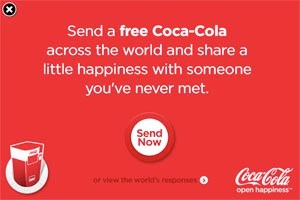
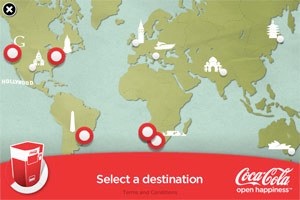
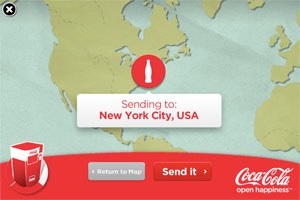
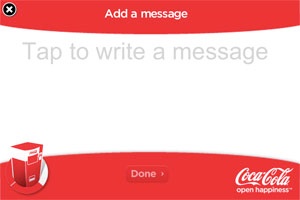
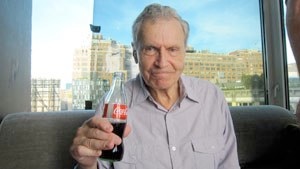

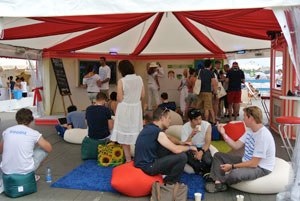
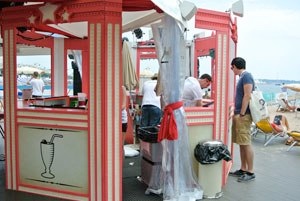
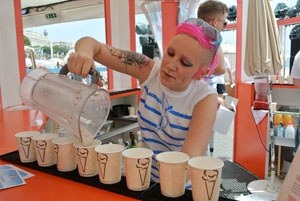
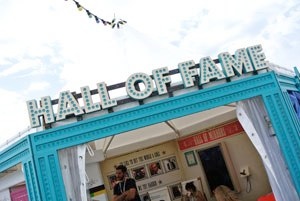
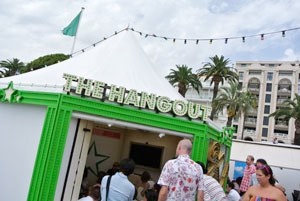

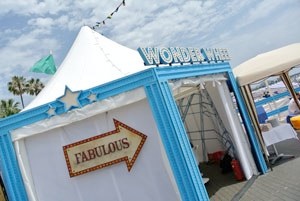
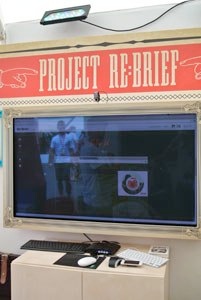
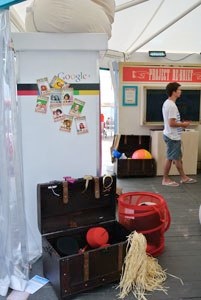
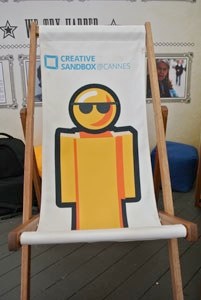
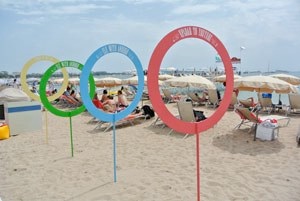
Harvey Gabor, creator of Hilltop